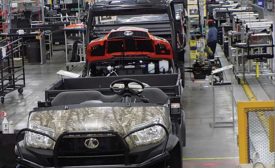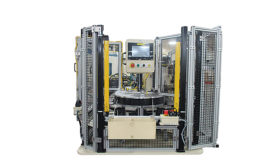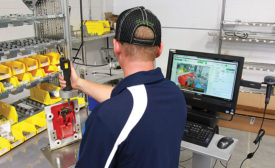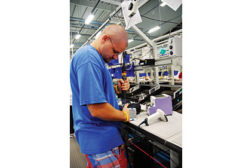Home » Keywords: » poka-yoke
Items Tagged with 'poka-yoke'
ARTICLES
Bullet-Proof Automated Assembly
A system that runs like clockwork doesn’t happen by accident.
September 8, 2016
Mixed-Model Assembly Is Key to Profitability
Assembly lines today must be as flexible as possible without compromising efficiency.
May 5, 2016
Automatic Screwdriving
Improving Throughput in Screwdriving Operations Is Not Impossible
October 1, 2012
Get our new eMagazine delivered to your inbox every month.
Stay in the know on the latest assembly trends.
SUBSCRIBE TODAY!Copyright ©2024. All Rights Reserved BNP Media.
Design, CMS, Hosting & Web Development :: ePublishing





